One of the most common questions couples have when planning their wedding is: “How many hours of photography coverage do we actually need?” The answer depends almost entirely on how your wedding day is structured. Having a clear timeline not only reduces stress, but it ensures your photographer captures all the moments that matter most.
Let’s walk through a typical wedding day and break down what’s usually covered during each portion of the day.
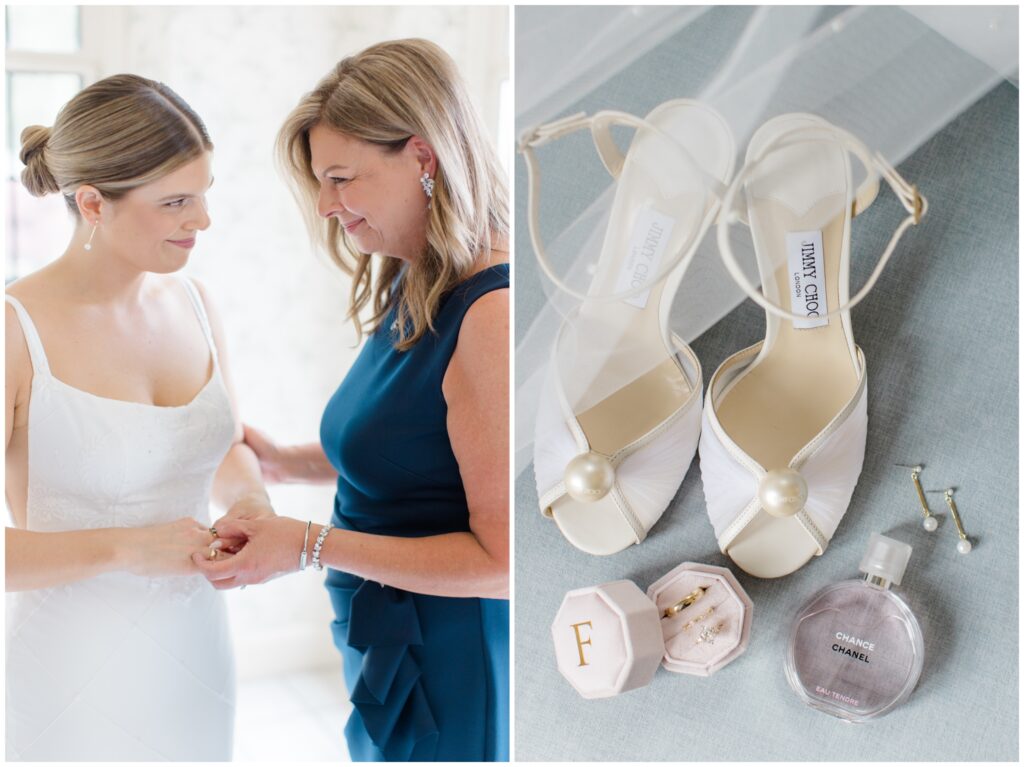
Getting Ready and Details (1.5-2 hours)
Getting ready typically takes 1 to 2 hours of coverage. This is when your photographer will capture those beautiful detail shots—your dress, rings, shoes, invitation suite—as well as candid moments with your bridal party. If both partners are getting ready in different locations and want that process documented, you might need to add extra time or consider having a second shooter. If you’re after editorial-style flat lays and genuine behind-the-scenes moments, don’t skip or rush this part of the day.

First Look and Portraits (1.5-2 hours)
If you’re planning to do a first look, this generally takes place after getting ready and can last another 1 to 1.5 hours. The first look gives you a quiet moment together and allows for portraits and wedding party photos before the ceremony begins. This approach frees you up to enjoy more of your cocktail hour later. The biggest mistake couples make here is underestimating how long this takes, especially when factoring in travel between venues, wrangling the wedding party, or last-minute delays.
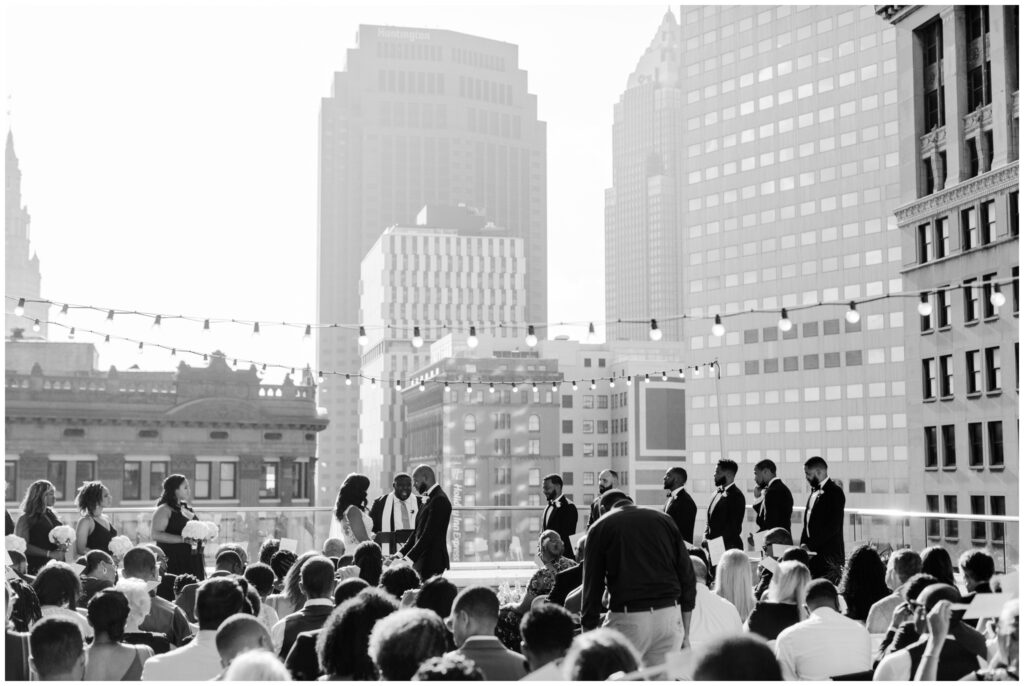
Ceremony (20 minutes – 1 hour)
Ceremonies typically last anywhere from 20 to 60 minutes. While it may seem short, it’s wise to allocate at least an hour for this section of the day. That gives your photographer time to capture guests arriving, the ceremony setup, and any delays or traditions that might stretch the timeline. If your ceremony is at a different location than the reception, don’t forget to include travel time in your timeline planning.
Family Portraits (30 minutes)
Right after the ceremony is the ideal time for family portraits. This usually takes about 30 minutes, but it’s important to have a clear list ahead of time. That way, your photographer can work through the groupings quickly and efficiently without missing anyone important.
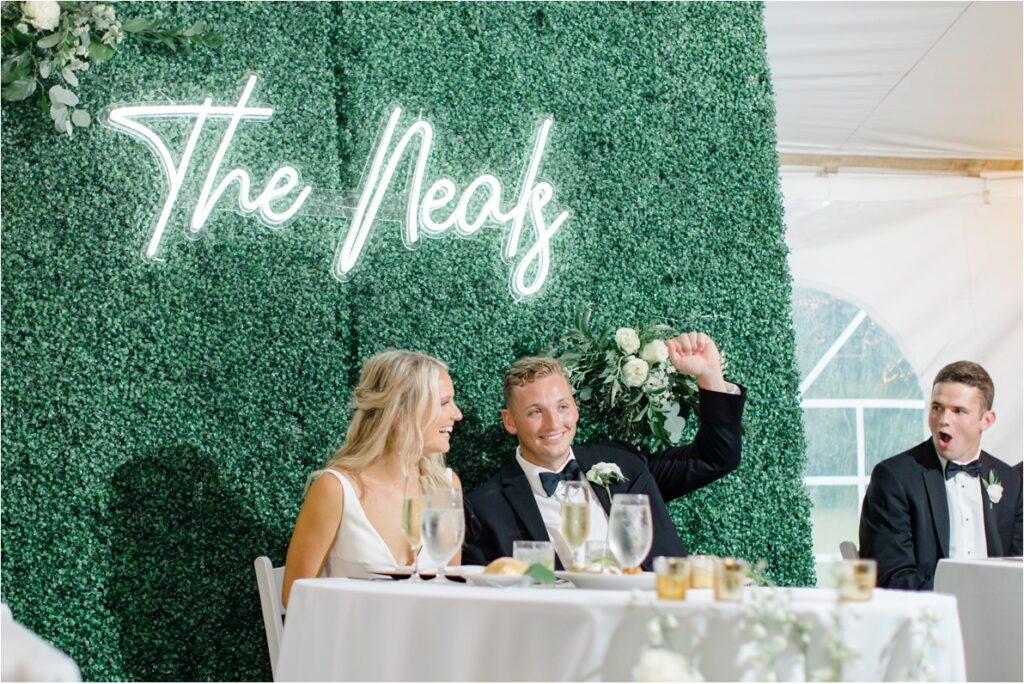
Cocktail and Reception (3-4 hours)
Receptions often make up the longest stretch of photography coverage—anywhere from 3 to 4 hours. This includes entrances, toasts, first dances, dinner, and cake cutting. If golden hour lines up well, stepping out for a quick round of sunset portraits can be one of the most beautiful parts of your gallery. Once the dance floor opens up, I tell most of my couples that 45 minutes to 1 hour of dancing photos is plenty of time to capture that portion of the day. In addition, if you aren’t planning a big grand exit or sparkler send-off, you may not need full reception coverage until the end. Be sure to take that into consideration as you think about how much coverage you’ll need. If you plan on doing a send off or exit, you might need to factor in an additional hour or two.
Buffer Time
One of the most overlooked (but crucial) parts of planning your wedding day timeline is building in buffer time. Things almost never run exactly on schedule—whether it’s a vendor running a little late, transportation delays, or simply needing a moment to breathe. Adding 10–15 minute cushions between key events helps everything feel more relaxed and gives your photographer the opportunity to capture those in-between moments that often turn out to be favorites. Also, be sure to factor in travel times as well! Are you planning on traveling 30 minutes to a location for your portraits? How much time from there will it take to get from there to the reception? That time alone can easily add an hour, so be sure not to overlook those details.
When there’s no buffer, delays can quickly snowball, leading to rushed portraits or missed opportunities. And from a photography standpoint, that extra time can make a world of difference. Those candid, emotional, unposed shots often happen when no one’s watching the clock. Factoring in buffers might mean you need to extend your coverage slightly—perhaps 9 hours instead of 8—but the result is a smoother day, better photos, and a more enjoyable experience overall.
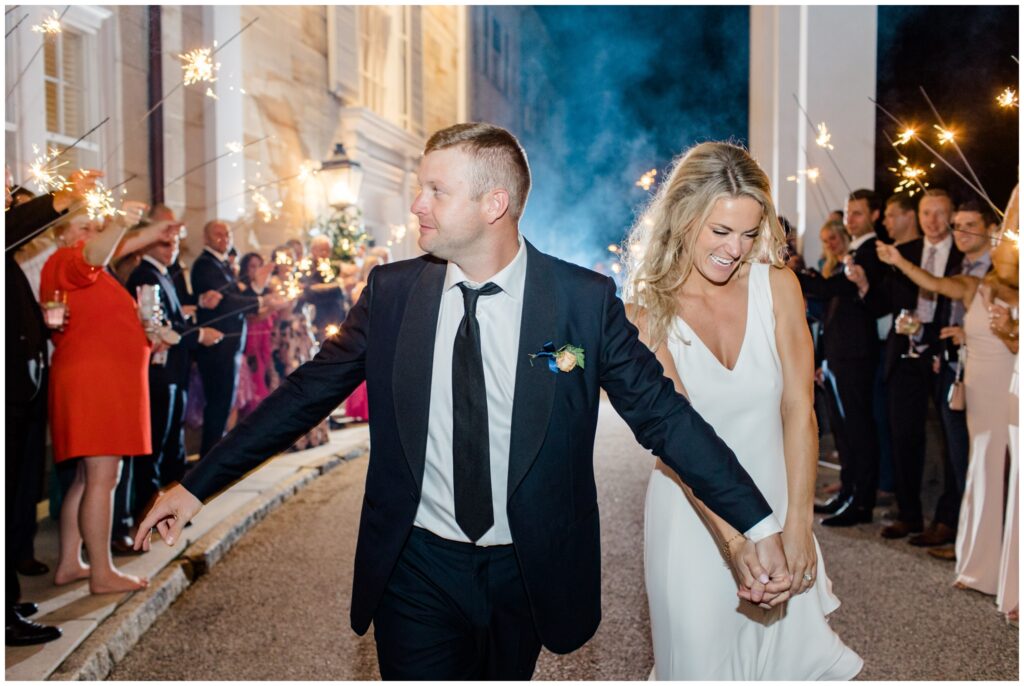
Conclusion
So how many hours of wedding photography do you actually need? Most couples find that 10 hours is the sweet spot. I would say that 90% of the weddings I photography end up booking my 10 hour collection. It’s usually enough to capture everything from getting ready through the major reception moments. If you’re planning a smaller wedding or elopement, you might only need 4 to 6 hours. On the other hand, if you have multiple venues, want tons of portraits, or are planning a larger cultural celebration, 10 or more hours may be ideal.
Working with planner, photographer, and DJ to build a realistic timeline is key. It’s not just about the number of hours—it’s about using that time wisely. An experienced photographer will help you plan a day that flows naturally and allows room for genuine, unscripted moments.
Did you find this post helpful? Check out more of my wedding planning tips by click here!
How Many Hours of Wedding Photography Do I Need?
May 29, 2025
CLOSE COMMENTS
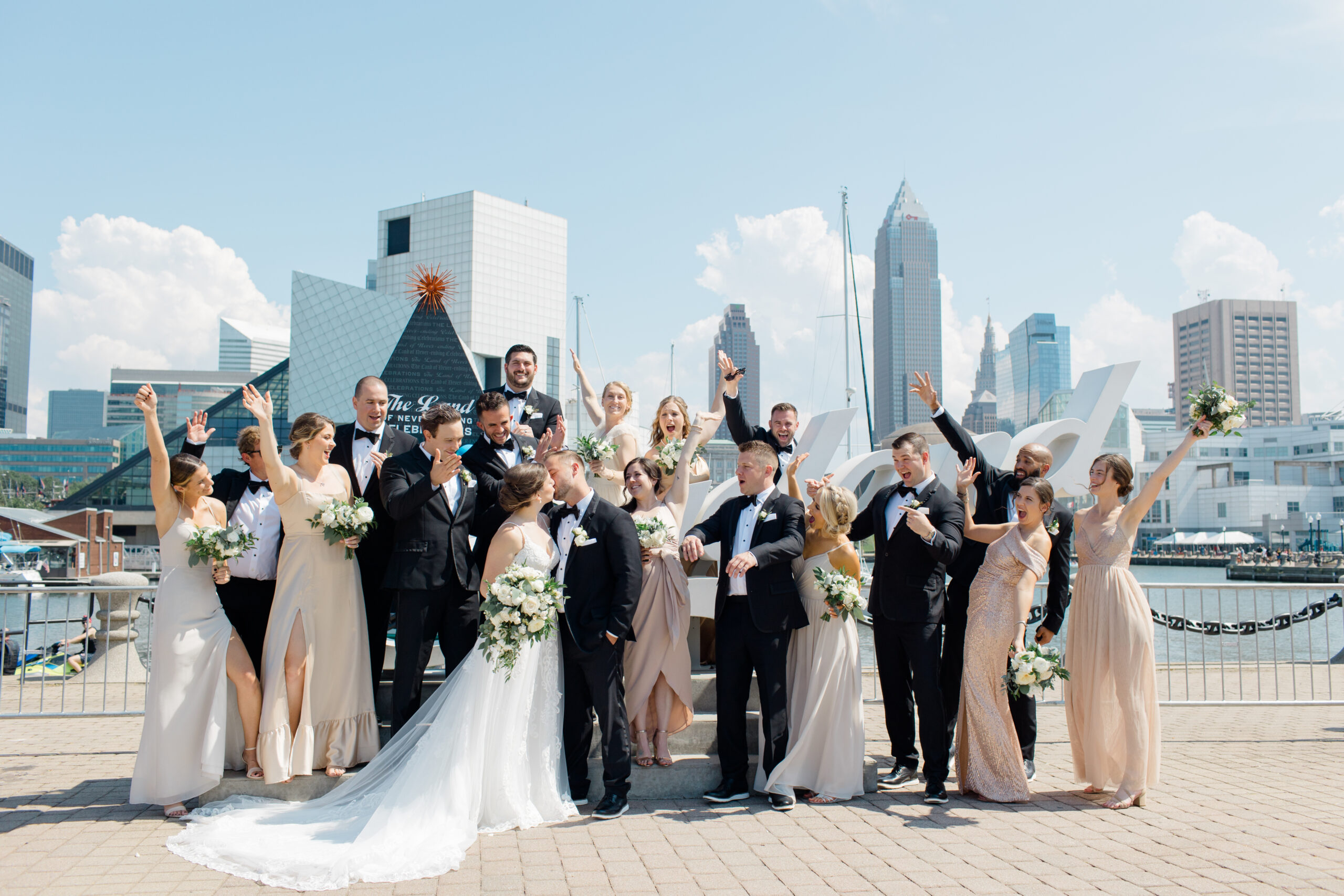
comments
0
no.
SHARE THIS ON
share on